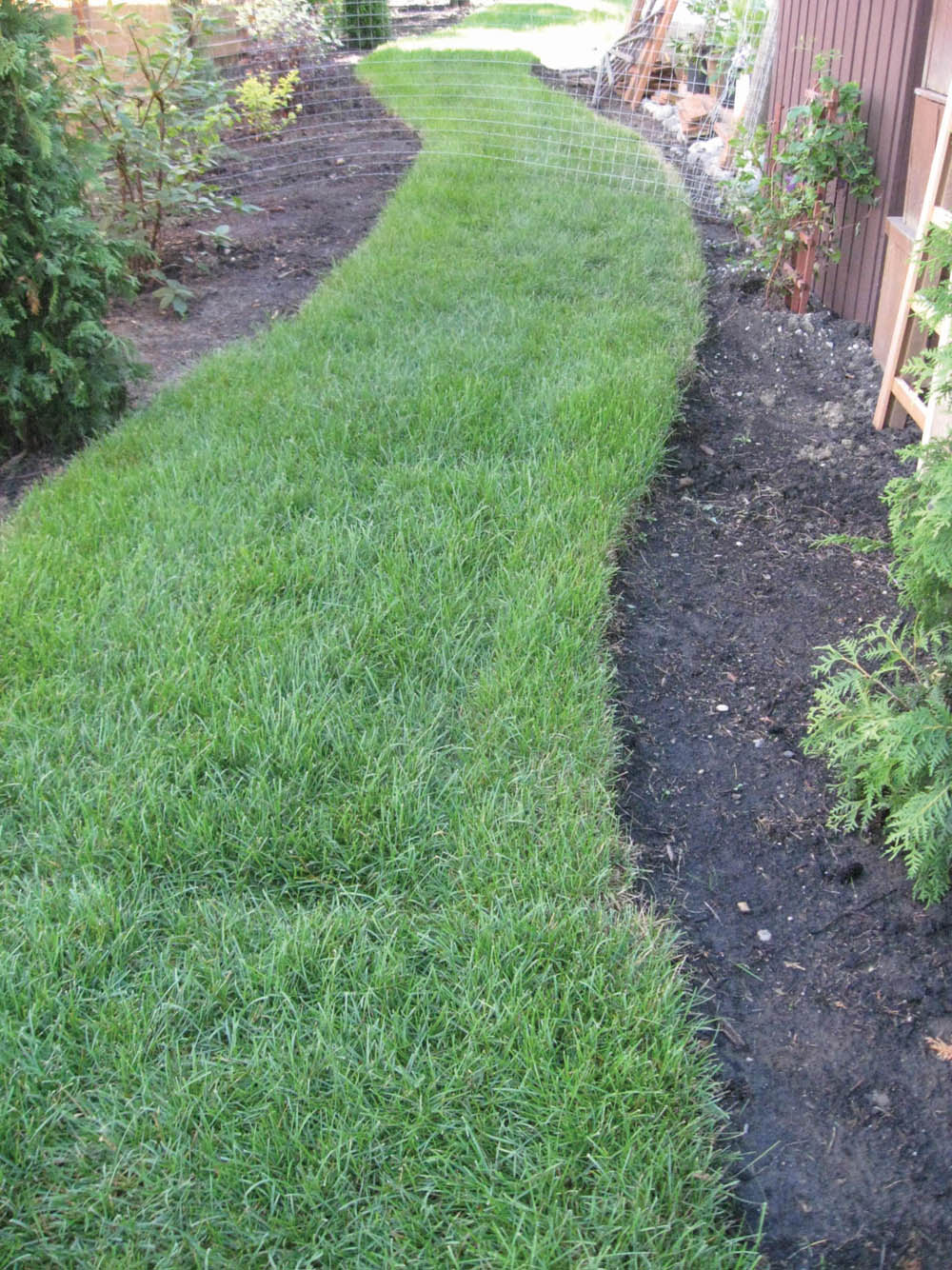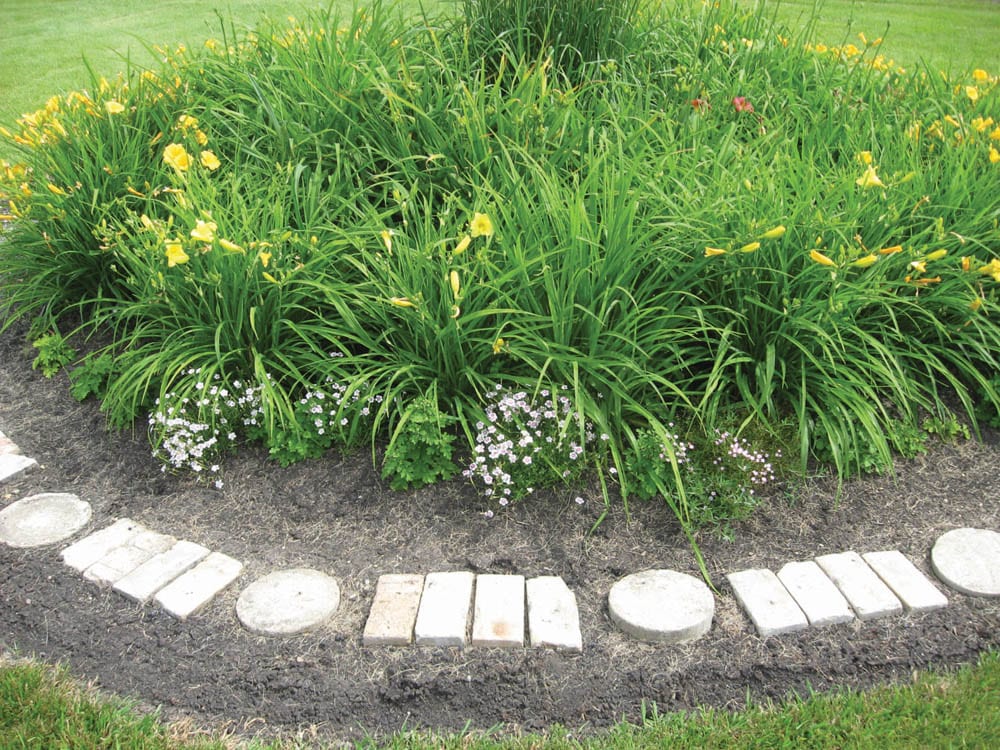This is a good time of year to assess the state of the landscape because the “bones” of the garden are fully exposed. Gone is all the colour provided by flowers and foliage, as is the texture provided by all plant material except evergreens and the bare trunks and branches of deciduous trees. The real framework of the garden is revealed and lines can be assessed to create more visual interest, and one way to accomplish this is to add curves.
Curves perform many functions and can transform a mundane landscape into a spectacular one. The sweeping curves of a curvilinear landscape (a landscape based on curving lines) offer more opportunities to enrich an area than one composed entirely of straight lines. Curves add a feeling of informality that straight lines cannot do, so if you want a very formal landscape design, then don’t use a lot of curves. Using curves softens the landscape, making it more natural. The continuous flowing lines will cause the eye to follow things to a final destination, thus leading the eye of the viewer into the landscape.
Read Also

Canada’s ‘Harvest for Victory’ in the Second World War
Propaganda posters celebrating farming show the legacy of Canadian agriculture during the Second World War.
Creating effective curves is no easy task however, as good curves are difficult to create and it takes time to get them right. Not done properly, instead of establishing graceful curving lines, the result can be a series of wiggly lines that make a very weak design. One principle to remember is “less is more.” Rather than creating a lot of small curves, create a few larger sweeping ones. You want to create the illusion of long flowing lines, even in a small landscape.
Even if you are adding a curve to a narrow side yard or shallow backyard, use long arcs rather than too many smaller arcs. In smaller designs, a couple of straight lines can be added to the curving line to achieve the same effect; a short straight line at each end of a curving line can work in such spaces where there is not enough room to effectively use only curving lines. Besides creating curving edges for flower borders and adding curves to walkways, curves can also be created by using a series of overlapping circles. Create one large circle and then overlap others of various sizes to create the design. The finished design will not include all of the circles, only some of the arcs of each circle, as overlapping them eliminates angles that are less than 90 degrees. Such acute angles cause problems as they often appear visually awkward, creating spaces that are too small for plants, areas of grass that are inconvenient to mow, or weak spots if they are composed of a hardscaped material.
If you are unsure about changing the whole feel of your garden by switching to curving lines, start with one good-size curve. If your landscape has an angular design (having straight lines), you can add one curve to it without destroying the unity of the garden; simply add a curving line to the edge of a bed or border, create a circular area of grass, or add a hardscaped area with a curvilinear shape.

Curves tend to amplify space in a small garden so using them will make a small landscape appear larger. They can be emphasized by having something at their edge to call attention to the line. A hardscaped edging such as bricks or some kind of curbing would emphasize a curving line as would a row of small plants such as lobelia or dwarf marigolds — using only one kind of plant would focus attention on the line and give it more emphasis.
When using a curving line along the edge of a flower or shrub border, think of the bulges as parts of circles and the entire curving line as segments of interlocking circles. The places where the line juts could have feature plants located in them that will act as focal points in the border.
Objects such as bird baths, fountains, and statues could also be located in some of the bulges, but again — use the rule “less is more” and use only one or two such objects in a border. Even a large rock would be appropriate if the landscape is big enough to accommodate such a large item without destroying the scale of the garden.
While the bones of your garden are fully exposed and the lines clearly revealed, you’ll be able to see where a few curving lines will enhance the landscape. That done, you will have finally put your garden to bed for the winter.















